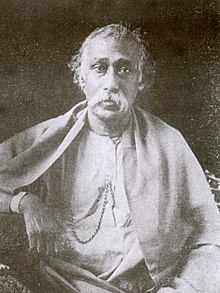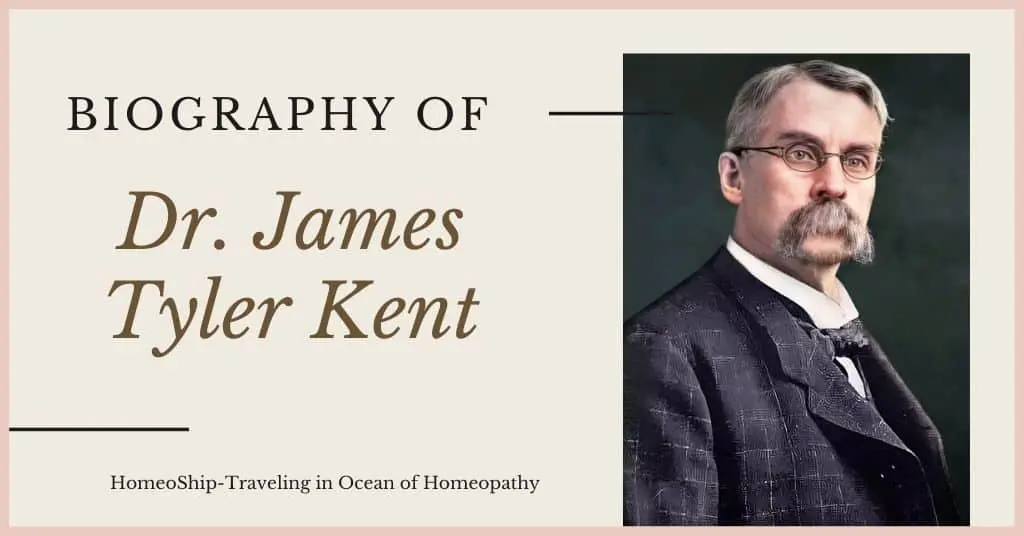Mahendra Lal Sarkar (ML Sarkar) was born on the 2nd November, 1833. He was born in “Paikpara”, a village 18 miles away from the Howrah city of West Bengal. At the tender age of 5 years Mahendra Lal Sarkar lost his father Tarakanath sarkar. He had his elementary education in a nearby village school under the guidance of the late babu Thakur Das Dey. Later on, till 1849 he studied in a free school by the name David hare’s school.
This young man managed to get a junior scholarship and admission into Hindu college, where he studied up to 1854. After completion of his primary education, he was admitted into the medical college. And in the next year, he got married. After 6 years of medical study from 1854- 1860, he got his L.M.S. degree.
With the encouragement of Dr.Fayrerin in the year 1863, he appeared to M.D. examinations and stood first. He was the second M.D from Calcutta University. In his initial days of practice, Sarkar was against the homeopathic system. He denounced the homeopathic system in his speech delivered at the inaugural function of the Bengal branch of the British medical association. He was the secretary of this association and later became the vice president.
Conversion to Homeopathy
The credit of converting this clinical genius to homeopathy goes to Dr.Rajendra Lal Dutta, the great homeopath himself. It is said that Rajendra babu was the neighbor of Dr.Sarkar and many cases were termed as incurable by many leading allopathic practitioners as well as Sarkar was cured and improved by Rajendra babu. One friend of Dr.Sarkar handed over a copy of Morgan’s philosophy of homeopathy to him and asked him to scrutinize the truth about the homeopathic system.
Being a practical person, Sarkar decided to find out the effectiveness of the homeopathic system with his clinical trials. He did them under the guidelines of Rajendra babu. Dr.Sarkar was convinced and astonished by the efficacy of the homeopathic medicines in such cases where allopathic medicines could do nothing. Convinced by the beauty of the system of Hahnemann, he went through the entire homeopathic literature.
On the 16th day of February 1867, he presented a paper in the meeting held at the British medical association, Calcutta branch, in which he openly declared his conversion to homeopathy. The title of the paper was “On the supposed uncertainty in medical science and on the relationship between disease and their remedial agents”.
Many of the allopathic medical personalities ridiculed him for his decision but failed to break the faith of Dr.Sarkar in his subject of choice. Dr.Sarkar’s journey into the homeopathic medical field started with the inauguration of a medical journal by the name “Calcutta medical journal” in January 1868. Conversion to homeopathy brought a lot of hardship to this great personality.
But his faith in the principles of homeopathy and the mission taught by the master made him accept them all. Like the master of homeopathy, this pioneer had to face a lot of criticism from the members of the other medical field and like the master, his disciple emerged victorious in his act. In the year 1870, His Excellency, the Viceroy and the governor-general of India appointed Sarkar as the fellow of the Calcutta University in the faculty of art.
In the year 1878, he was moved to the faculty of medicine. The faculty dominated by the allopathic practitioners objected to this and passed a resolution to remove the name of Dr.Sarkar from the list. They tried to project homeopathy as an unscientific system of medicine. Sarkar with his intelligence presented the principles of homeopathy in such a manner and succeeded in convincing the authority that homeopathy is the only scientific system of medicine. But illogical and dogmatic behavior of the allopathic practitioners and the fellow faculty members disturbed Dr.Sarkar and he presented his resignation at last. Dr. Sarkar had a balanced personality; he had respect for both science and spiritual knowledge.
This similar mentality brought Sarkar close to the spiritual guru Swamy Ramakrishna Paramahamsa. It is said that he treated Paramahamsa for some period when he suffered from the cancer of mouth with homeopathic medicines. In his later years, Sarkar suffered from bronchial asthma, and due to the severity of the disease, he had to renunciate his medical practice also. In the year 1904, on the 23rd day of February Dr.Sarkar died of the same disease.
Read More from here Dr. M. L. Sarkar
Must Read Other Biographies
Contributions of Dr. M. L. Sarkar
1. Dr. Sarkar was an eminent writer. His command over the English language attracted several national international personalities. Names of a few words penned by him are as follows:
i. In the year 1869, he published an article in his Calcutta journal of medicine “The desirability of a national institution for the cultivation of the physical sciences by the natives of India”.
ii. Hahnemann, the father of scientific medicine.
iii. Physiological basis of psychology.
iv. Therapeutics of plague.
v. Sketch on the treatment of cholera.
vi. Through his journal, Sarkar published the therapeutic utilities of around 160 drugs used in conditions like constipation, dysentery, cholera, diarrhea, etc.
2. He was awarded the title of C.I.E. in the year of 1883.
3. He was the honorary presidency magistrate from 1887-1922 and later he had to leave this honor owing to ill health.
4. The government of Bengal appointed him as a member of the Bengal legislative council in 1887. He remained in this post till 1893.
5. He was appointed as the sheriff of Calcutta in December 1887.
6. He was the president of the faculty of arts for 4 years.
7. He remained a member of the syndicate and was given the charge of an acting vice-chancellor.
8. He was the only medical man honored with a D.L degree from Calcutta University in the year 1898.
9. He was the trustee of the Indian museum and represented Asian society. 10. He was a member of the British Association for cultivating science, the American institution of homeopathy, British homeopathic society, the council of the Asiatic Society of Bengal, and the astronomical society of France.

